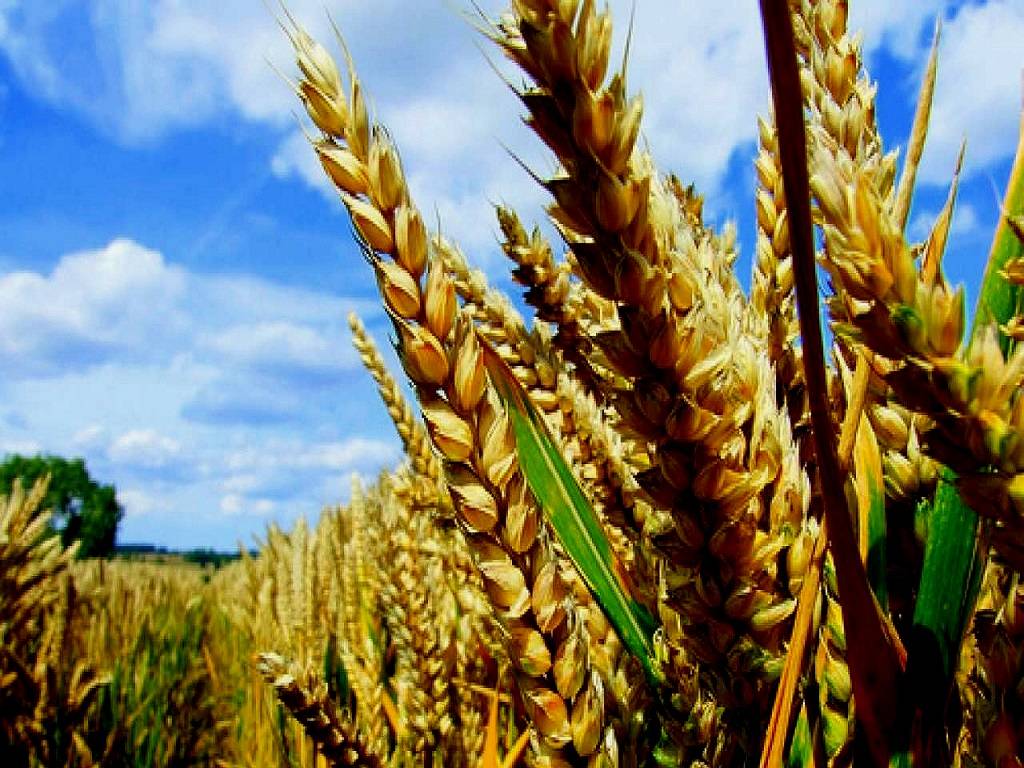
Himachal's wheat crop prospects have brightened up after the state got 57% more rain during the current winter session, with the state receiving 93% more rain in January alone.
"Since about 75% of agricultural area is rain fed, both periodic and excess rain are favorable to crops.
A bumper harvest is predicted this year," stated BR Takhi, Director of Agriculture.
Rain in lower regions, particularly in rain fed areas, was beneficial for wheat because it provided adequate moisture throughout crop sowing and maturity, he added. It aids in the management of yellow rust disease and facilitates urea spraying easier. Another spell of rain during the milky stage in March will ensure that the production target of 672 thousand metric tonnes is surpassed, he said.
In 2019-20, the area under cultivation and production was 3.19 lakh hectares and 628 thousand metric tonnes, which has increased somewhat to 3.40 lakh hectares.
For 2021-22, a production target of 672 thousand metric tonnes has been set, with an average yield of 20 quintals per hectare.
From January 1 to February 14, Himachal received 212.6 mm of rain, a 57% increase over the average rainfall of 135.7 mm. Sirmaur had 329% more rain than expected, followed by Solan (271%), Una (253%), Bilaspur (204%), Hamirpur (124%), Kangra (118%), Mandi (104%), Kullu (88%), Shimla (62%), and Chamba (52%).
"We were concerned since there was little growth due to a lack of rainfall in December. However, rain in January aided in increasing the plant's size to 1 foot," claimed Gian Singh, a farmer from Sujana village in the outskirts of Shimla.
Heavy downpour at this stage could dim prospects of bumper production of wheat that is ready for harvest in most parts of the country. In wake of such inclement weather and economic conditions, a sigh of relief for farmers is unlikely.
















